Live By the Sword: Tactics - Review on linux
Live by the Sword: Tactics(LbtS:T), developed by Labrador Studios and published by Gravity Game Arise, is a turn-based tactical game with heavy focus on strategy but not so much on RPG elements.
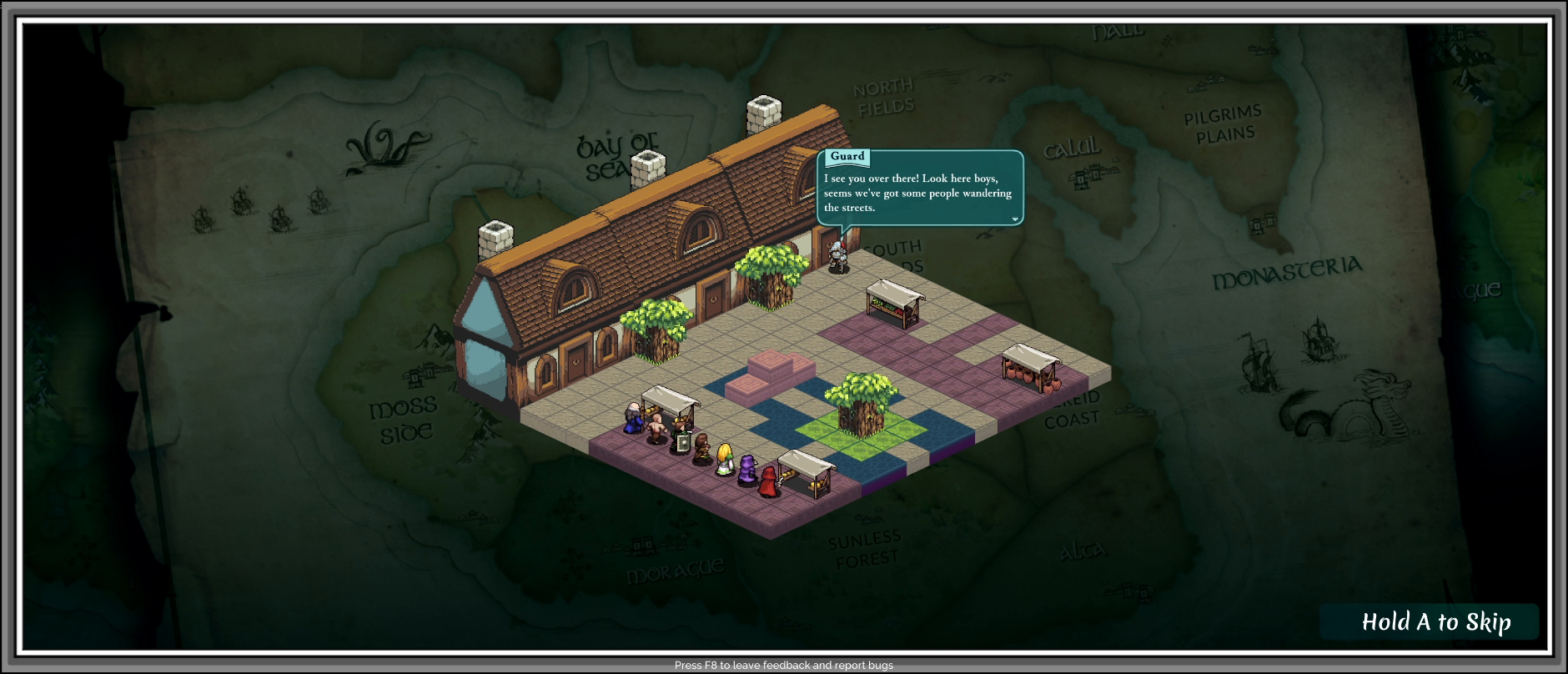
I think it is important to make that distinction because LbtS:T draws a lot of inspiration from games like Final Fantasy Tactics and Tactics Ogre, however the focus in not on character development that helps you care about your team, inspired asymmetrical maps that add to the challenge and storytelling, and several other mechanics associated with a Tactical RPG. Once you are free from those expectations, you can start enjoying it more and valuing the game for what it is: a great tactical experience. So, I will evaluate it as such.
| Element | Description (spoiler free) |
|---|---|
| Objectives | (Story) Protect the kingdom from an invasion, (Adventure) Win battles while building the world in roguelike style, (Tactician) Finish the tailor-made challenges in fewer turns. (Skirmish / Multiplayer) Defeat the opponent |
| Challenges | Select the proper roster for each battle. Position them properly to take advantage of the map setup, your team skills, and the enemy weakness. Use the proper skills for each situation. |
| Mechanics | At each battle, you: - Select some members of your roster, and put them in the battle map. - Choose the skills you want them to have. // The battles are in turns, at each turn: - All characters have an order to act. - When they act they can walk and perform one action or rest, then is the next character in the order to act. // Characters have: basic attack, skills and passive. // Skills can cause buff, debuffs or a special effect // Attacks and Skills comes with a few stats: amount of damage or heal, range and area of effectiveness, cooldown and hit chance // Progress by winning battles or finishing the scenarios requirements for Tactician mode |
When you first start the game, some of the content is locked, and you need to play Story mode to unlock it. This mode is divided into 3 acts that serve as a tutorial for the core mechanics of the game. The writing is nothing to write home about, but it has its good moments.

The other available modes at the beginning are Skirmish, balanced maps you play against a single AI, and Multiplayer, similar to Skirmish but against a human player locally or online. I will revisit the unlockable modes later.
The battle maps are composed with square tiles of different heights that affect your character’s movements and skills and are colour coded to the region the battle is taking place. The maps are mostly flat and there is nothing out of the place that would block your view, but if you need, you can always rotate the map.
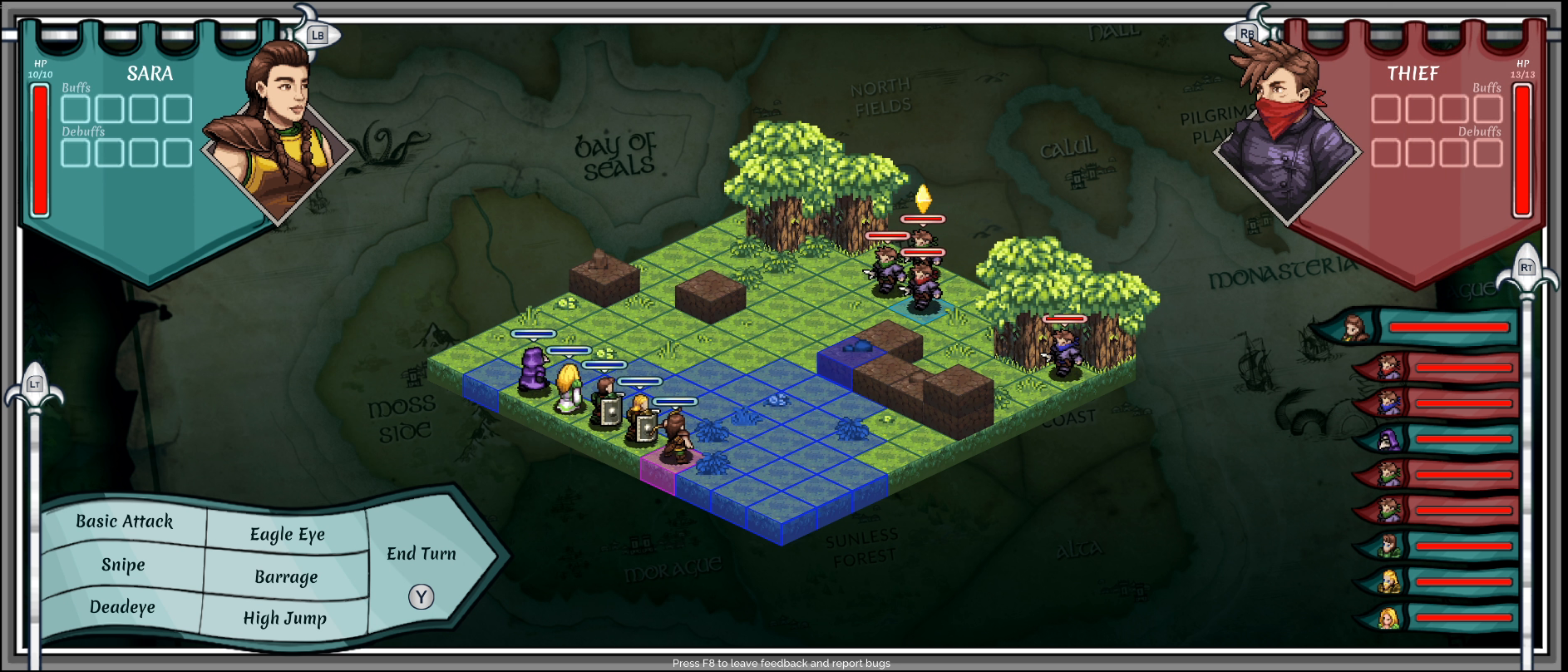
At first, the Story mode felt like Skirmish maps chained together because there were nothing memorable about them. There is no battle uphill, breaching a wall or anything asymmetrical. But I am pretty sure it was not lack of inspiration because more interesting maps are used in the animations between battles, and there are some creative playable maps later in the game.
There is no moving around a world map, equipping members of your team, buying items, levelling up, or making up stories for your secondary characters about their profession of choice and why their parents were disappointed - except for Roland, he chose his career properly, more about him later.
As I mentioned before, the focus is on strategy, the battles are tailor-made and there is always a way to progress using your wits. So if you like to grind overlevel before steamrolling, this game might not be for you.
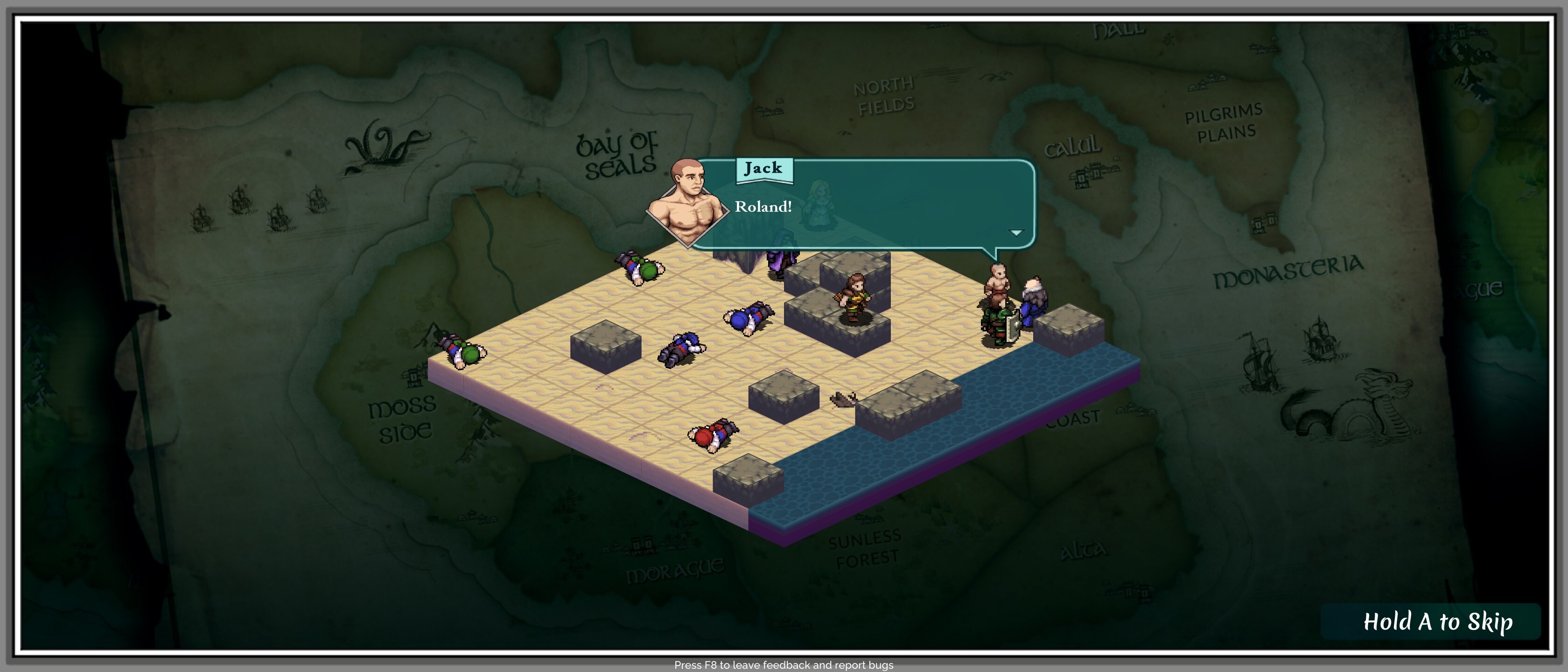
When a battle starts, you select the characters from your roster and place them on available spots in the map, usually the opposite side from your adversary. Depending on the mode you are playing, you can select the skills of your characters when placing them. It is important to check the terrain and the enemy location and plan accordingly. An archer can cause a lot of damage if you make use of high ground, but is severely handicapped in closed quarters.
At every turn, each of the characters act once in an order that shows on the HUD, I am not quite sure what defines the order. During a character turn, you can walk, and you can either use a skill or a basic attack, at any order. Where you move depends on the floor plan, but ignores characters, for example, making a front line will not prevent the enemy from passing thought your Warrior and going straight to your Medic on the back. But if there is a higher step, it will limit their movements.
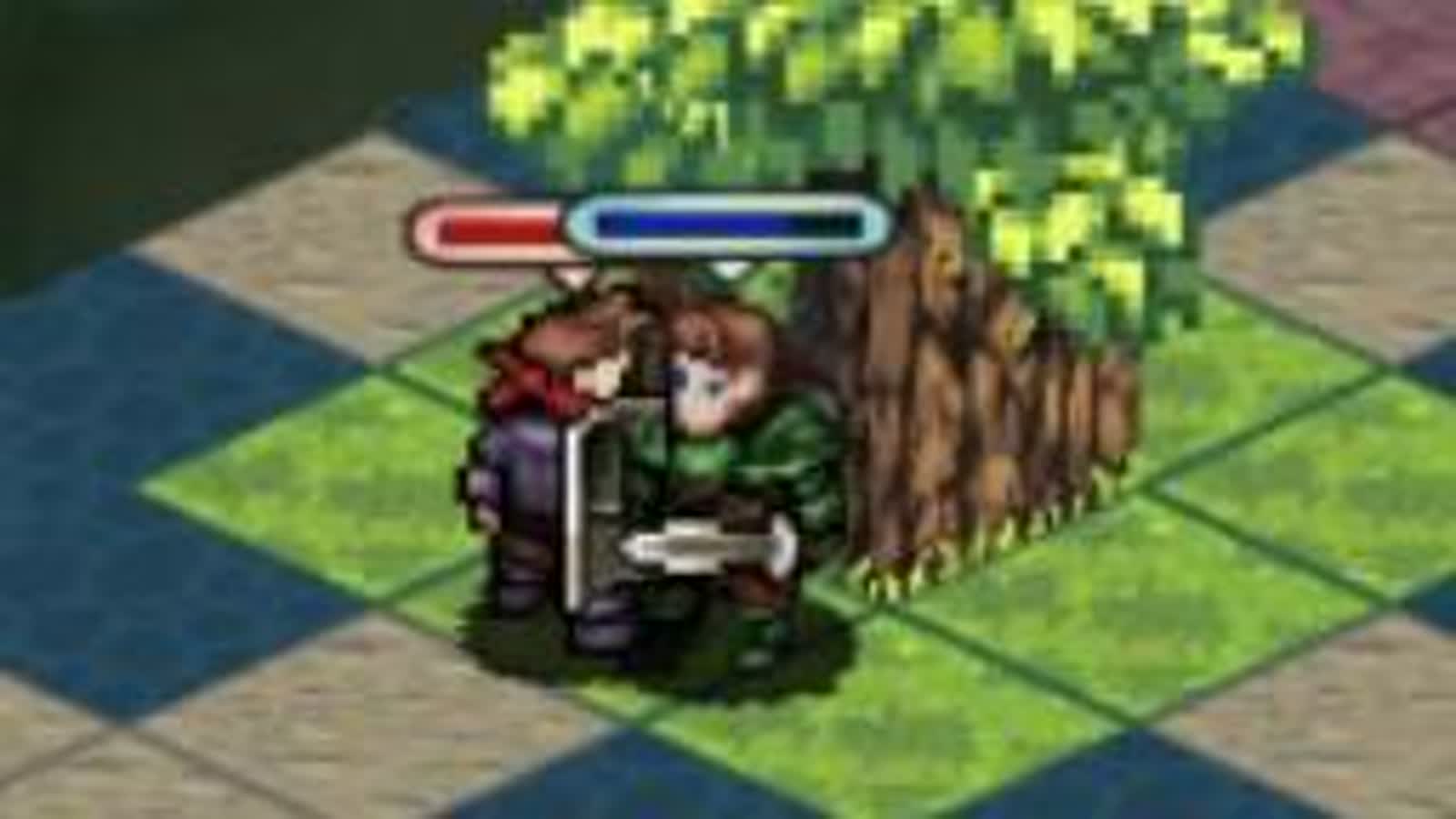
The characters have different classes, each comes with an exclusive kit of skills, attack and passive. Your attacks and skills comes with a few stats: amount of damage or heal, range and area of effectiveness, cooldown and extra text that explain buffs, debuffs or extra effect. They also have a hit chance that can be annoying, like X-COM, where you miss most of your attacks in one turn.
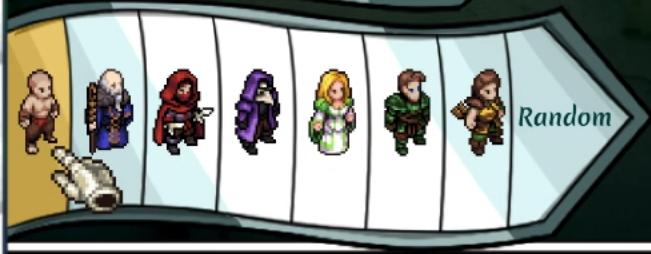
The classes available at release are: Alchemist, Archer, Assassin, Brawler, Medic, Warrior and Wizard. At some moment, I got a message that I unlocked extra chars in the adventure mode, but I haven’t seen them yet. Jack, a brawler, and Roland, the Wizard, became the staple of my squad for a few reasons. The brawler has a really nice kit that is fun to play: his skills have a hand associated to them, and every turn you can use two skills, one with the left, and another with the right hand. He also has two of my favourite skills, Superman punch, help you to reach an enemy one block away, and the Haymaker, a powerful blow that pushes the enemy away. Pushing the enemy away is excellent in this game, as you can set up for a follow-up with another character, or just dealing extra damage when they hit a wall or another enemy. This collision damage is so strong that you cause damage even when the defences of the opponent is up. Roland (Wizard) also has a skill that pushes the enemy and himself in opposite directions to create some distance. But what makes him so strong is the 100% accuracy of his skills. That highlights another issue with Live by the Sword. In a game where you cannot change character status by levelling up or adding items, it is invaluable having someone consistently causing damage.

Overall the Story mode was fun, and it improves a lot in the later acts where there are some interesting maps. The second to last battle was cathartic, but the last battle was long and anticlimactic. Maybe they will release another act?

By finishing the acts, you unlock the Tactician mode and the Adventure mode.
Tactician mode are challenging puzzles set in creative maps, where you need to finish in the minimum number of turns possible. Seriously, those maps are fun!
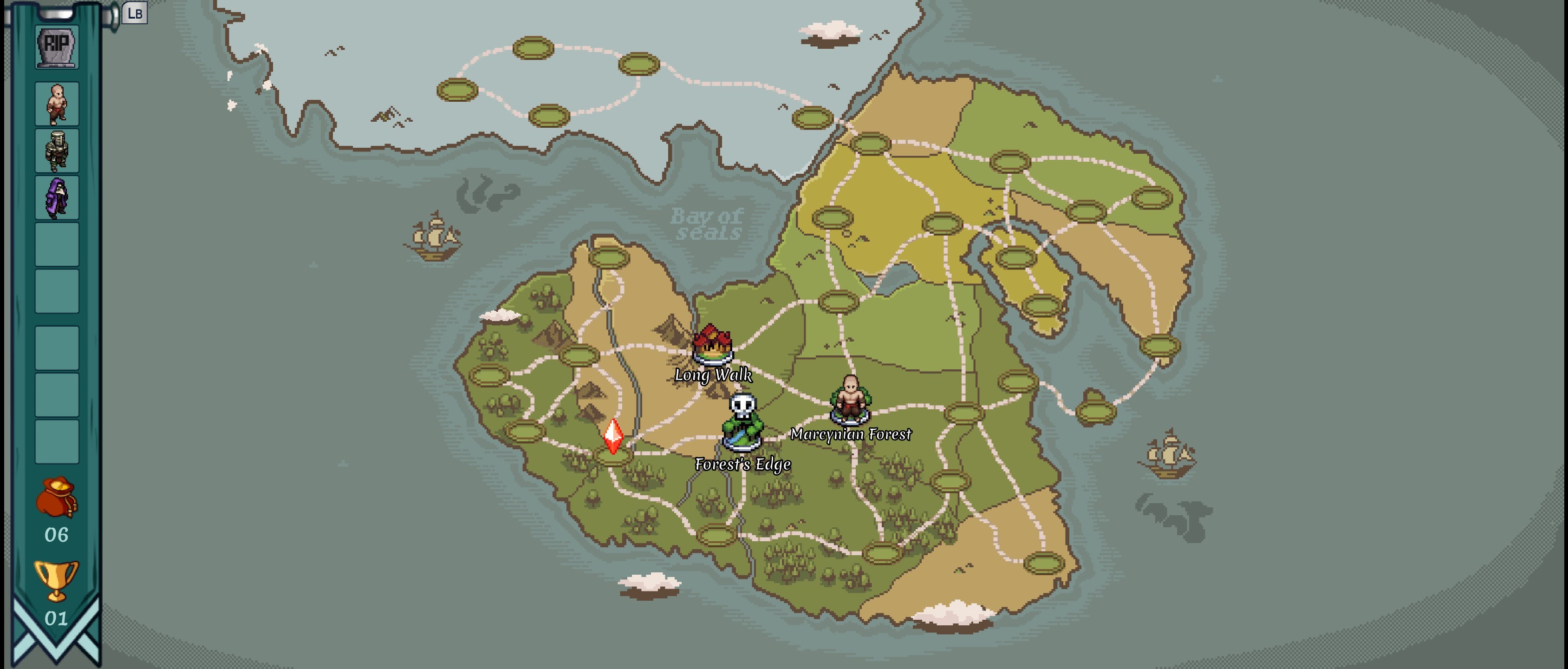
Adventure mode is where I scratched my itch for some role play. There is a world map with free slots, as you progress you receive pieces to place in the world that you can visit. As far as I can tell, the pieces do not affect each other like in Legend of Mana. You can also visit the city to recover your squad health, buy items or recruit more people. I didn’t find fun battle maps like in the tactician mode, but there are three things I found there.
1 - Freedom to decide my path and my team
2 - you have some sort of character progress by buying items to make your game more challenging or easier
3 - the perma death made me care even more about my squad, those added a lot to the role play for me
The soundtrack is great and there are some nice sound effects. I love the art style, but the HUD sets it back a bit. It is quite hard to navigate, and I could never understand properly what are the buffs and debuffs the enemies are using.
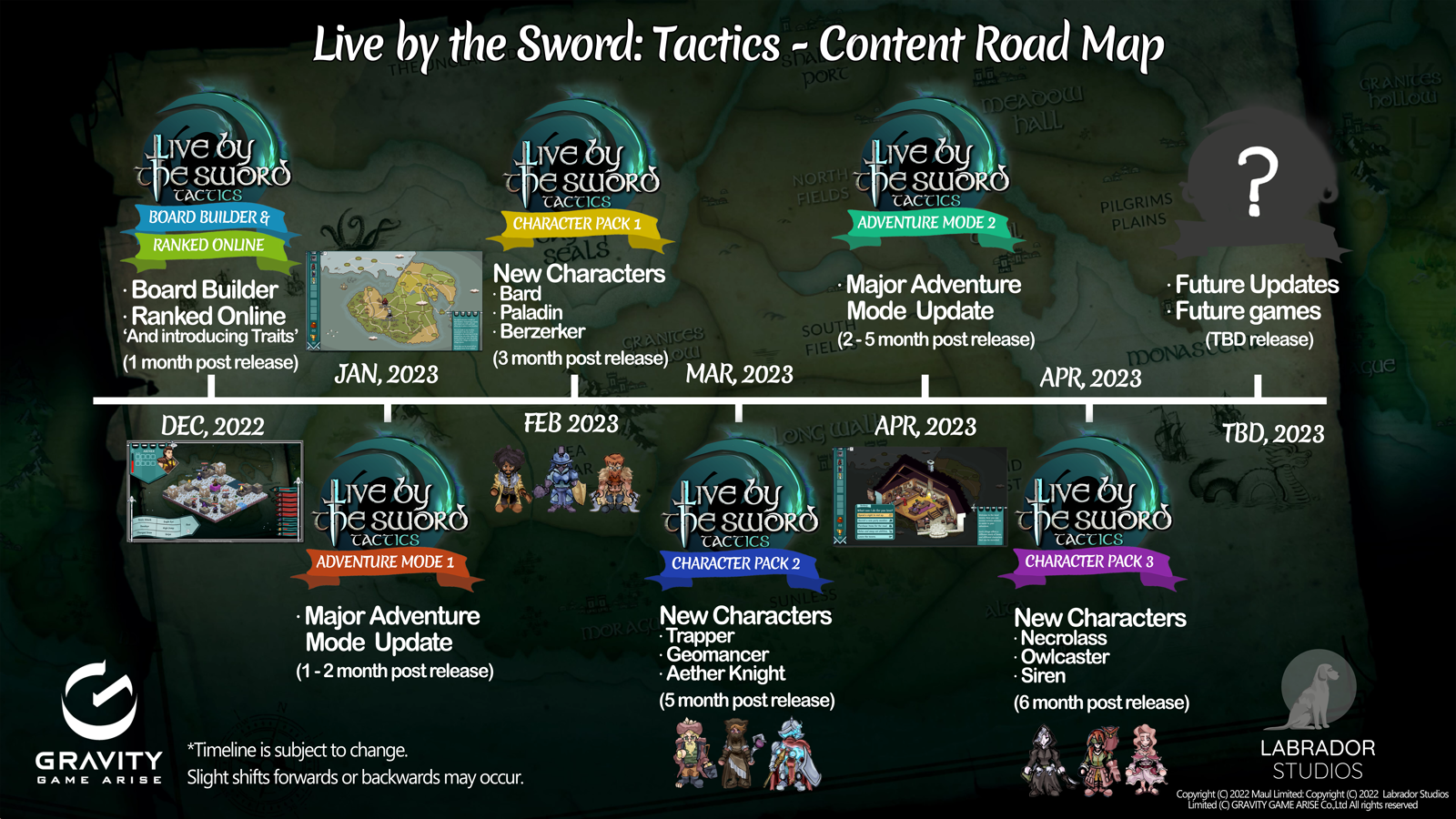
I had a lot of fun playing Live by the Sword: Tactics. It bought in some new ideas and I think it nailed it so far with some rough edges. I expect to see more innovative classes coming in the future, and to check the board creation mode once the game is released.
If you are looking for a nice turn-based tactical challenge, Live by the Sword: Tactics might be the game for you. It is coming out from early access on Steam on October 28.
| + Positives | - Negatives |
|---|---|
Runs great on Linux, tried on:
|
Could have had more accessibility features like colourblind mode |
| You can rebind keys for both keyboard and gamepad |
Thank you for reading and be excellent to each other.
Cheers,
Nils
